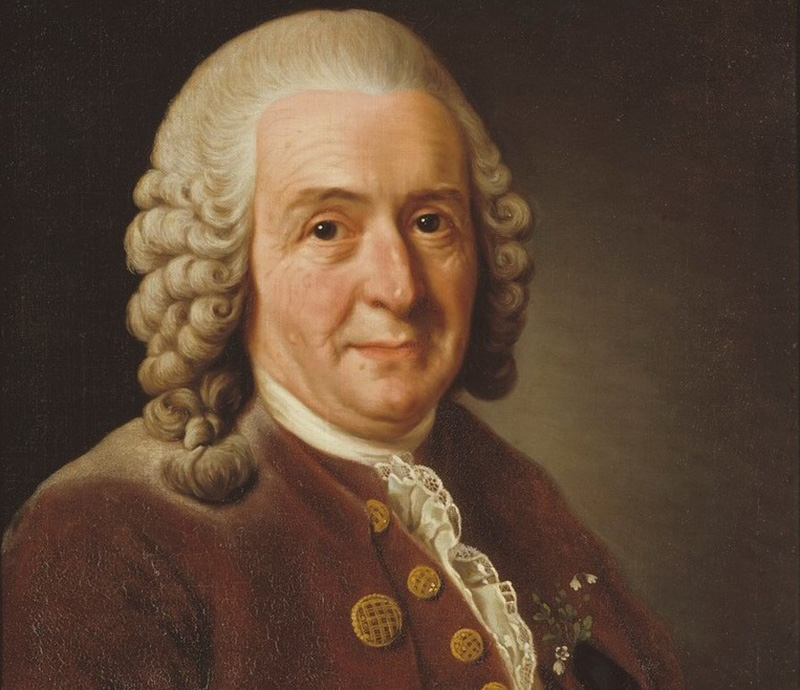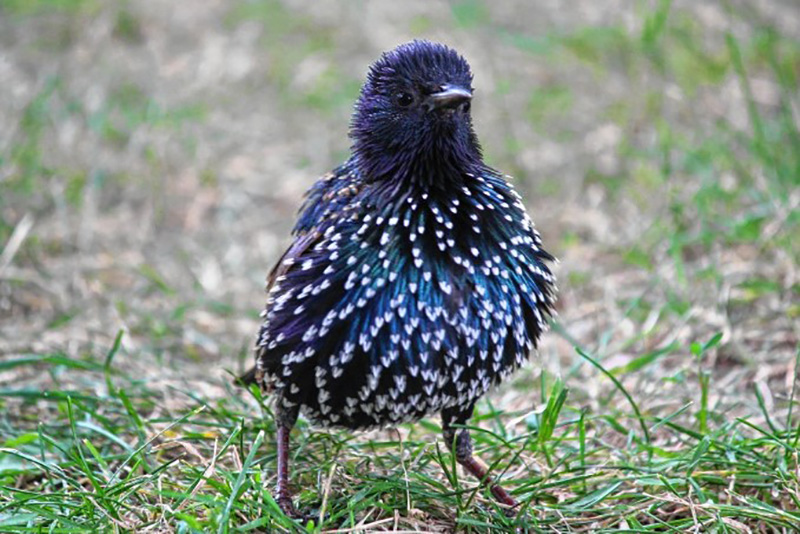- The Next Great Migration: The Beauty and Terror of Life on the Move
- Bloomsbury (2020)
Sonia Shah is one of the best science writers in the U.S., and the author of several books on diseases in human history. She has a gift for making the personal and anecdotal just another vivid data point in a far bigger story.
In her latest book, Shah steps onstage from time to time as the daughter of 1960s Indian migrants to the U.S., or as a shoe-leather journalist seeing Tijuana from the Mexican side, and witnessing rhododendrons and apple trees creep up the slopes of the foothills of the Himalayas. But again, these incidents are just dots connected to an ancient global phenomenon: the migration of life across the surface of the Earth.
Shah’s argument has two parts: first, we’ve made a huge mistake in our understanding of the world’s species, including our own; second, that migration is part of every successful species’ repertoire. Sometimes, if you don’t move, you go extinct.
She traces the mistake back to 18th-century Swedish scientist Carl Linnaeus, who developed the system of scientific naming we still use (despite his absurd name for us, homo sapiens, or “wise man”). Among his many quirks — he seems to have had an obsessive interest in the genitals of plants and animals alike — Linnaeus assumed that every species had lived in one place since the Creation, and would remain there forever — including people.
Linnaeus found eager converts even as the European nations were well into the third century of the Columbian Exchange, a vast swap of plants, insects, animals, microbes and peoples between the Eastern and Western hemispheres. Even so, it seemed self-evident that each continent had the races God had placed there: whites in Europe, Blacks in Africa, and so on. That’s where they belonged.
European whites thought that they, as superior humans, deserved to migrate because they could exploit other peoples’ resources better. After they very nearly exterminated the Indigenous Americans, they imported Africans to replace them as labour for the Europeans in their new colonies.
So Linnaeus provided the foundation for “race science,” which defines whites as innately superior to inhabitants of other continents. (And whites from northern Europe as innately superior to those from eastern and southern Europe.)

In effect, Europeans decided that it was OK to invade other peoples’ lands, but not OK if other people invaded them. The attitude migrated (if that’s the word I want) to the Americas, whose newly liberated nations busied themselves defining borders and who belonged inside and outside them.
Meanwhile, the Columbian exchange had transformed world ecosystems: sheep and cattle moved to the Americas, potatoes and corn to Europe, chili peppers to China, and Scotch broom and English ivy to B.C. Plants and animals, free of their old predators, usually thrived in their new homes, though at a cost to the plants and animals already there.
As environmentalism began to take shape in the 1950s and ‘60s, such migrant species began to be called “invasive”: English starlings, released in New York in the 1890s, swarmed across North America. British rabbits became pests in Australia. Burmese pythons slither through the Florida Everglades. At the moment we in B.C. are terrified of invasive Asian giant hornets, which like to eat honeybees (which we introduced to North America).
Shah notes that such species usually have place names; we assume they belong there and nowhere else. The same has long been considered true of humans: the Indian Sikhs of the Komagata Maru belonged in India, and the European Jews on the St. Louis belonged back in Hitler’s Europe.
As populations rose in the 1960s and '70s, North Americans and Europeans began to worry about the sheer numbers of humans. Paul Ehrlich’s book The Population Bomb sold millions of copies, inspiring groups like Zero Population Growth.
Implicit in the population scare, what Shah argues was the assumption that non-whites were now outbreeding whites as well as overshooting their own countries’ carrying capacity. Admitting them into predominantly white countries like Canada and the U.S., therefore, would be to swamp the advanced with the backward (code for “superior” and “inferior”) and threaten civilization itself.
Nonetheless, the mid-1960s also saw the opening-up of North America to immigrants from Latin America, Africa and Asia. Canada became an explicitly multicultural country. And for the last half-century, Canada and the U.S. have certainly thrived with such migrants.
But the “population bomb” worriers were also thriving, by migrating (so to speak) to immigration control. If foreigners were admitted, traditional values like democracy and free speech would soon vanish. Even the English language might be threatened.
Through the last half-century, as Shah demonstrates, racism followed science like Gollum tracking Frodo and Sam, intent on stealing the One Ring. As science found fewer and fewer differences between races, racists persisted in seeing a dreadful threat to both our political institutions and our gene pool. Science even found that “Europeans” are just a recent blend of ancient races as unlike one another as modern Italians and Japanese. Racists didn’t care, and elected Donald Trump to “build that wall.”
Shah’s basic argument is that the present ecosystems of plants, animals and humans are as transient as countless past systems. It’s as pointless to try to restore “native” plants and animals as it would be try to turn a kaleidoscope back to its last configuration. We may well “rewild” parts of the Earth, but it will not be the wilderness of the Ice Age, or even of 5,000 years ago.
Shah sees migration as a process that kills many individuals, while saving their species. The International Organization for Migration estimates over 6,000 migrants lost their lives in 2017, but 258 million more are working outside their birth country, and migrants in 2015 contributed $6.7 trillion to global GDP.
Rather than building walls that will keep out neither migrants nor butterflies, Shah suggests opening “corridors” that would let plants and animals migrate to escape climate change — and humans to reach places where they too can build new lives rather than simply die in place.
Yes, migrants will know terror on their quest for safety, but they will also know beauty: finding ways to transform Arctic lands into new ecosystems that support new cultures utterly unlike our own but at least more sustainable than ours. (And we ourselves may be just another migrant group.) Migrants’ children would become “native” in those lands, remembering Nicaragua and Vietnam, Liberia and India, only as lost Edens.
And then, as new peoples with new wisdom, they might even migrate back to reclaim those Edens for their own children.
Due to an editorial oversight, this story included without permission an image that belonged by copyright to Ali Kazimi. We have removed it and apologize for the error. ![]()
Read more: Politics, Environment
















Tyee Commenting Guidelines
Comments that violate guidelines risk being deleted, and violations may result in a temporary or permanent user ban. Maintain the spirit of good conversation to stay in the discussion.
*Please note The Tyee is not a forum for spreading misinformation about COVID-19, denying its existence or minimizing its risk to public health.
Do:
Do not: